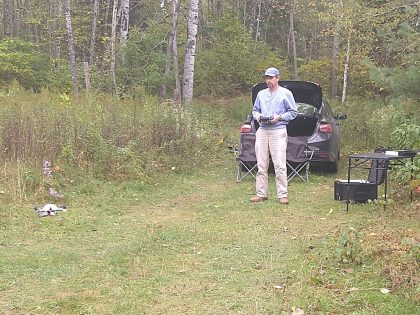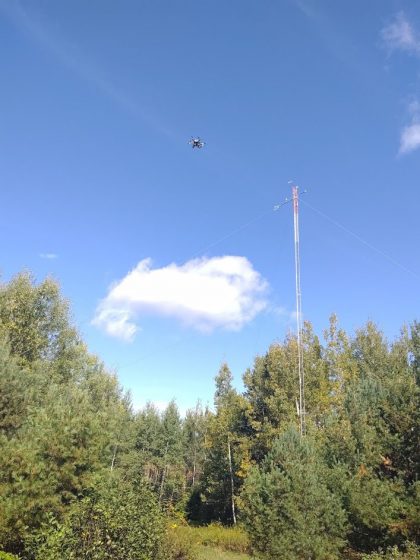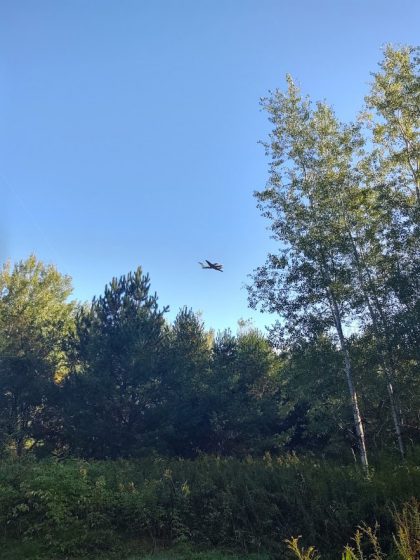ARL Weekly News – October 4, 2019
ASMD
ARL Acting Deputy Director Dr. Ariel Stein will teach a HYSPLIT workshop at the University of Huelva in Huelva, Spain, from October 7-9, 2019, along with retired NOAA scientist and HYSPLIT developer Roland Draxler. This workshop is tailored to bolster interactions with the scientific community and promote the exchange of ideas related to solving atmospheric dispersion problems.
Christopher Loughner will give a talk at the CO2-Urban Synthesis and Analysis (CO2-USA) Workshop in Boston, Massachusetts, on October 8, 2019. The title of this talk is “STILT Features Merged into HYSPLIT.”
Dr. Howard Diamond will be representing ARL and ASMD, as well as the U.S. Climate Reference Network (USCRN) Program that he manages, by participating in an OAR Arctic Forum from October 9-10 at NOAA’s Pacific Marine Environmental Laboratory in Seattle, Washington. The Arctic Forum will be held in tandem with a parallel Arctic Engineering Forum that Brent French from ATDD will be attending. Given that the USCRN Program currently has 23 stations operating across Alaska, both Howard and Brent should be able to add quite a bit of helpful input on both the science and engineering domains. The goal of the Arctic Forum is to encourage robust and meaningful peer to peer communication across the OAR engineering and the Arctic science community, as well as to improve awareness and understanding of the broad spectrum of OAR’s engineering and the Arctic scientific activities. The outcome of these meetings will involve the creation of a list of challenges, opportunities and action items to address each and materially improve collaboration and accelerate progress in both areas, and there will be some joint sessions held during the two day period.
A developer-forecaster meeting known as the Focus-Group Meeting will be held at the NOAA Center for Weather and Climate Prediction in College Park, Maryland, October 10-11, 2019. An average of 40 representatives from state and municipal forecasters nationwide attend this event each year to confer with National Air Quality Forecasting Capability (NAQFC) developers in ARL and the National Centers for Environmental Prediction (NCEP). During these meetings, participants discuss NAQFC’s performance during the most recent high surface ozone concentration season, as well as expectations for near- and far-term forecast improvement. Drs. Pius Lee, Rick Saylor, Daniel Tong, Youhua Tang, Patrick Campbell and Barry Baker will present NAQFC performance statistics for the summer of 2019 and expected improvement of NAQFC in 2020. NAQFC’s major improvement in 2020 is leveraged from a timelier and more accurate product in wildfire detection provided by the National Environmental Satellite Data and Information Service and ARL’s science advance in quantification of the heat and pollutant fluxes from such detected wildfires.
The steering committee of our nation’s visibility asset, the Inter-agency Monitoring of Protected Visual Environment (IMPROVE) network, will meet in Los Angeles October 23-24 to discuss future direction. While there Dr. Pius Lee, who took over as Steering Committee Chairman in 2018, will contribute to the completion of a multi-decadal network consistency study and the network’s future service direction. Among the major issues to be considered will be a major overhaul of the mass reconstruction methodology advocated by IMPROVE to calculate visibility due to the proportion of chemical components in the aerosol particles that cause optical property modification in the incident and reflected visible light.
ATDD
Temple Lee and Ed Dumas participated in the third intensive observation period of the Chequamegon Heterogeneous Ecosystem Energy-balance Study Enabled by a High-density Extensive Array of Detectors 2019 (CHEESEHEAD19) field campaign in northern Wisconsin from 22-28 September. During the campaign, Temple and Ed performed 50 flights using the Meteomatics SSE small Unmanned Aircraft System (sUAS) adjacent to a meteorological tower deployed by colleagues from the National Center for Atmospheric Research. The purpose of these flights was to help quantify the representativeness of the tower’s measurements and to study decoupling processes between the land surface and overlying atmosphere.
All images credit: NOAA.




